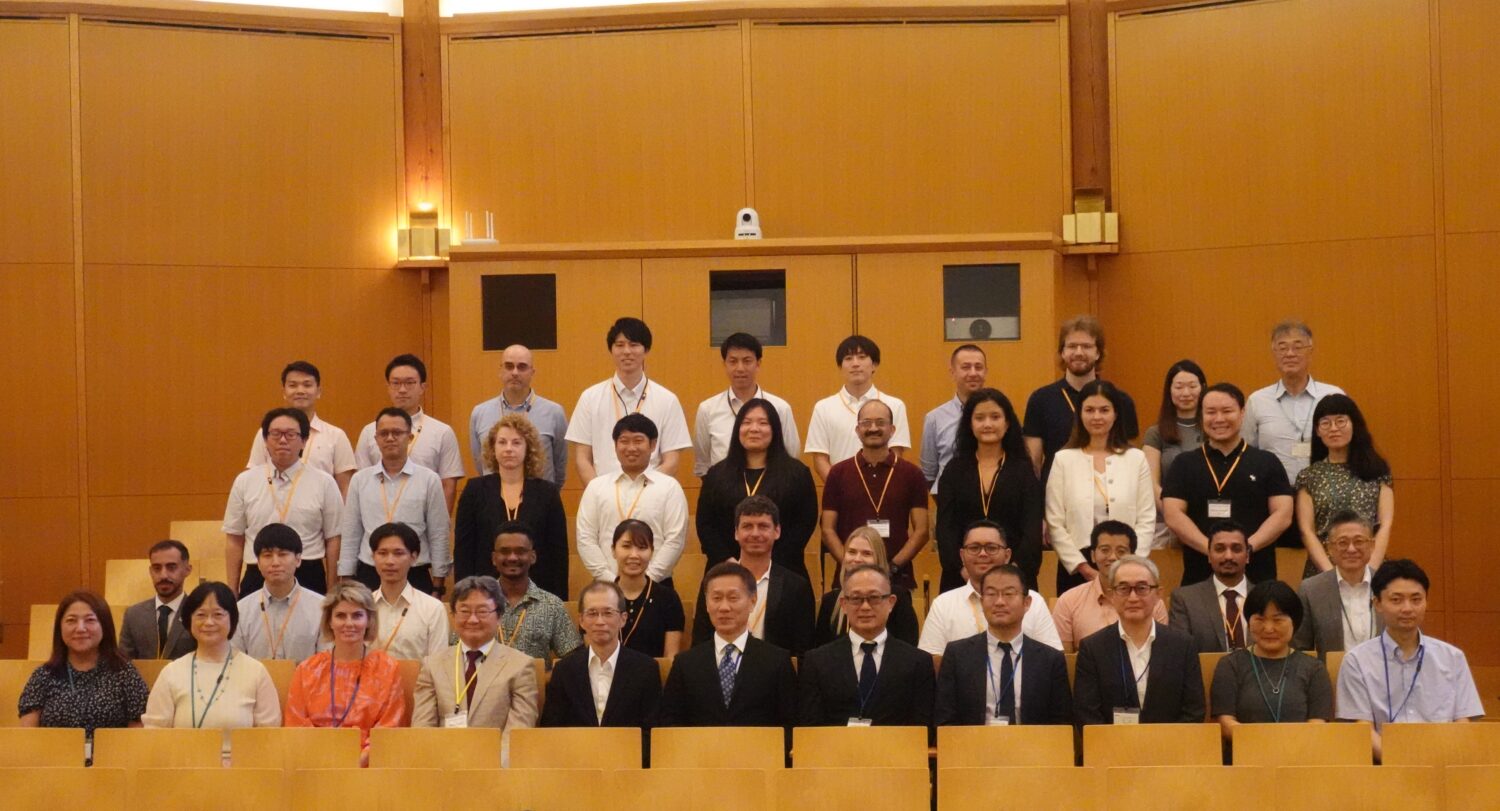At the symposia, explanations will be given about a map objectively showing the distribution of scientific features of the underground environment throughout Japan, as well as explanations about how the map is to be used. Participants in the symposia will then be asked for their opinions.
On April 17, a working group of the Advisory Committee for Natural Resources and Energy that is looking at radioactive waste presented a report on its discussions on the technological requirements and standards for the so-called ‘mapping’ of scientific features related to geological disposal. In light of the objective of providing information in an easily understood way, the formerly-used expression of ‘scientifically-promising sites’ was changed to a map of scientific features.
If geological features exist on a site that are unfavorable to ensuring its long-term stability in accordance with requirements and standards—such as the proximity to a volcano or fault—the site will be labeled as one where unfavorable features are expected. On the other hand, if no such items exist, the site is referred to and categorized as one with a relatively high possibility of ascertaining favorable features. In addition, those sites along or close to coasts are described as also favorable for transportation.
The revised basic policy on geological final disposal of HLW was approved at a Cabinet meeting in May 2015. One pillar of that policy is that the national government will identify and present sites having ‘scientifically high suitability,’ after which local municipalities will be asked for their understanding and cooperation with the investigations.
Based on that, and as part of its public information activities, the government has already held several symposia and explanatory meetings for municipalities around the country, as well as activities to ‘listen widely’ to people’s opinions.










